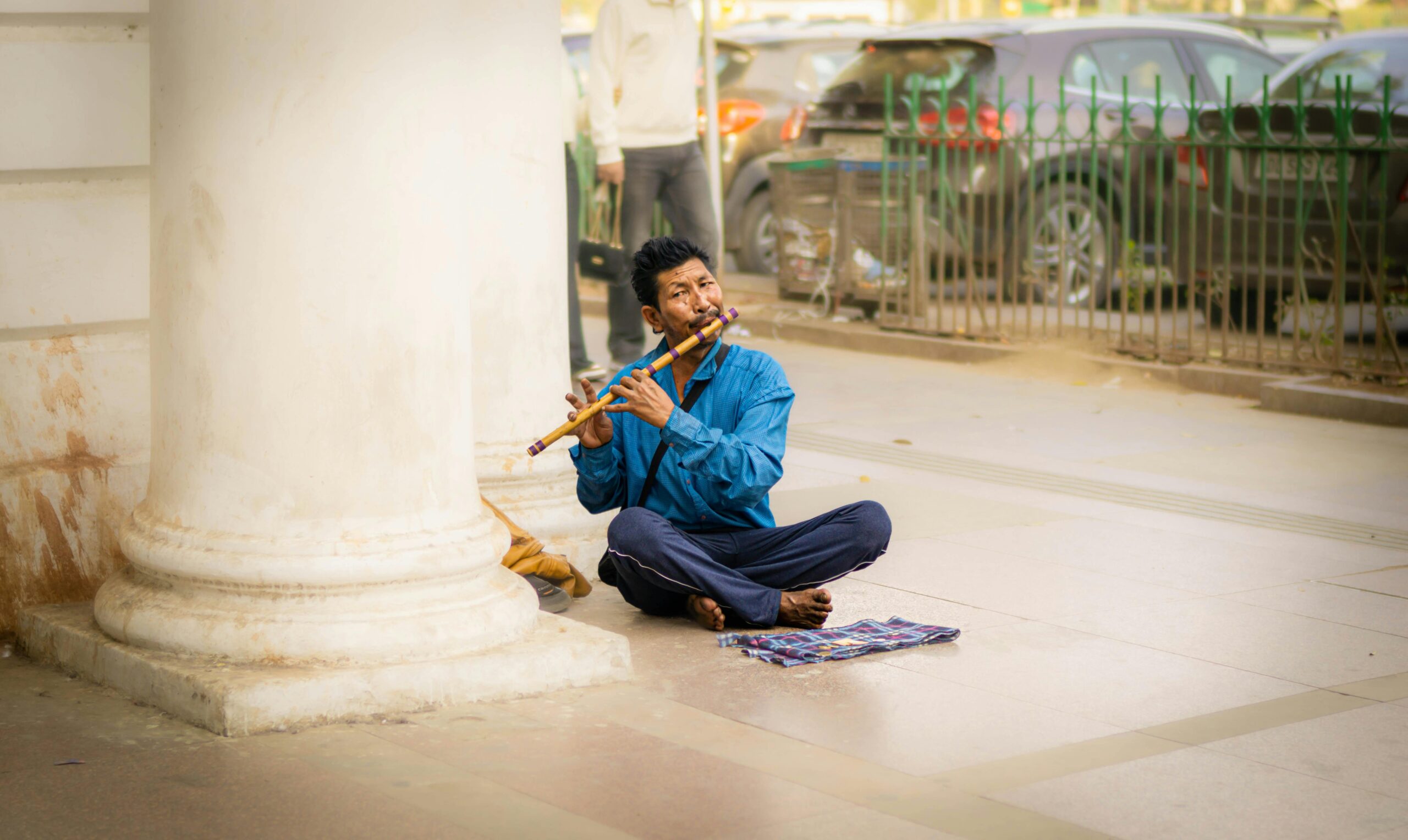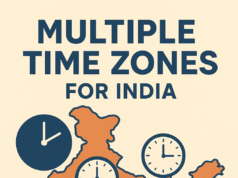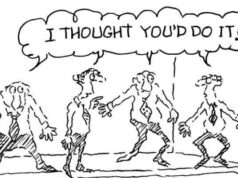Street busking musicians are more help than nuisance to the police.
It takes just one police constable to yank a few cords, cancel expression and remove vitality. Karnataka police recently prevented musician Ed Sheeran from busking on Bengaluru’s Church street. This incident is a reflection on how what is legal may not be legitimate, and how the use of force can make a city, its streets, pedestrians, and musicians worse off.
Ed Sheeran after the incident pointed out the arbitrariness of Karnataka police. He went on to establish that his team procured the license required to perform in the street. But how law enforcers behave, and what motivates them, can turn something legal into something illegitimate. Buskers and street performers based out of India, know perfectly well that to comply with law is necessary but not sufficient. They can be removed and prevented from performing just because the police on the street feel that it is the right thing to do. Police officers are motivated and expected to behave based on the norms established within the larger law enforcement institution. Karnataka police like several other police forces in India operate by norms that are brutish and unsophisticated. This is common knowledge among anyone who earns their livelihoods on India’s city streets.
The incident is also a revelation of how our law enforcers view streets as public spaces. A street, another way to look at it, is an urban common. Its governance, and who gets to use it and how, evolves and adapts in a participatory way, constantly. Our view of streets in India misses this crucial understanding. It’s worth looking at two noteworthy observations urbanist Richard Sennett makes on streets and performances in his book, The Performer. First, a time travel to piece together the origin of streets in our cities. Second, to observe streets as an open stage where multiple performances take place everyday.
One way to look at streets as public places is to observe their origin and connection with the ancient agora in Greece. An agora contained a stoa, which was a large structure where citizens from all walks of life gathered. The stoa opened to a huge open space for everyone to gather. A small flight of steps led to a spacious corridor that was an ideal space to discuss, gossip, and chat with friends. The corridor opened to many freely accessible chambers, where anyone could enter and exit based on their preference. The front ends of the rooms were open and their rear ends walled. Agoras in modern cities expanded and were weaved into the city’s fabric. Stoa rooms became store fronts that customers could visit and large yards became squares and pavements where individuals could gather.

The heart of a city’s vitality was the agora where performances of multiple kinds took place. Individuals looking to buy goods, and a merchant looking to make a sale, made the great performance of haggling. Customers pretend to be interested, but just enough, sellers keen to sell, but just enough, till they could arrive at a price. But more obvious performers were the lute players offering lyrical compositions, the juggler, fire breather, and acrobat their own masteries. Even Greek athletes could exercise and exhibit their chiseled bodies to onlookers.
An important takeaway from this vision of a street is that it is a place. A place to be in, interact with, and perform in. When we make this effort to think about streets this way, a musician busking is as natural as a restaurant or bookshop being part of a street.
Streets are also larger open stages that bring people together. And when they fail to, they are lifeless, unsafe spaces, that are neither private nor public. This outcome has consequences for the law enforcer, who must step up to become vigilant. To use force to prevent a crime, tackle wrong doers, and police for safety. Their burden increases the more lifeless a street becomes.
Strangely enough, Ed Sheeran is doing Karnataka police a service by putting life into the street. His skill with just a mic, and six strings on the guitar can turn the desolate and lifeless into a vibrant and safe space. Unfortunately, this perception and understanding of a street is missing with Karnataka police. And to be fair, the police officer is held by the norms and practices of the institution he is part of.
What is true for busking is true for theatre, and street vendors. When we look at a street as a common place, we have the opportunity to think about its governance in a participatory way. Streets and the quality of life in a city are interlinked.
Here’s also a remarkable composition by the greatest busker, Woody Guthrie to capture the sentiment:
Post Disclaimer
The opinions expressed in this essay are those of the authors. They do not purport to reflect the opinions or views of CCS.





